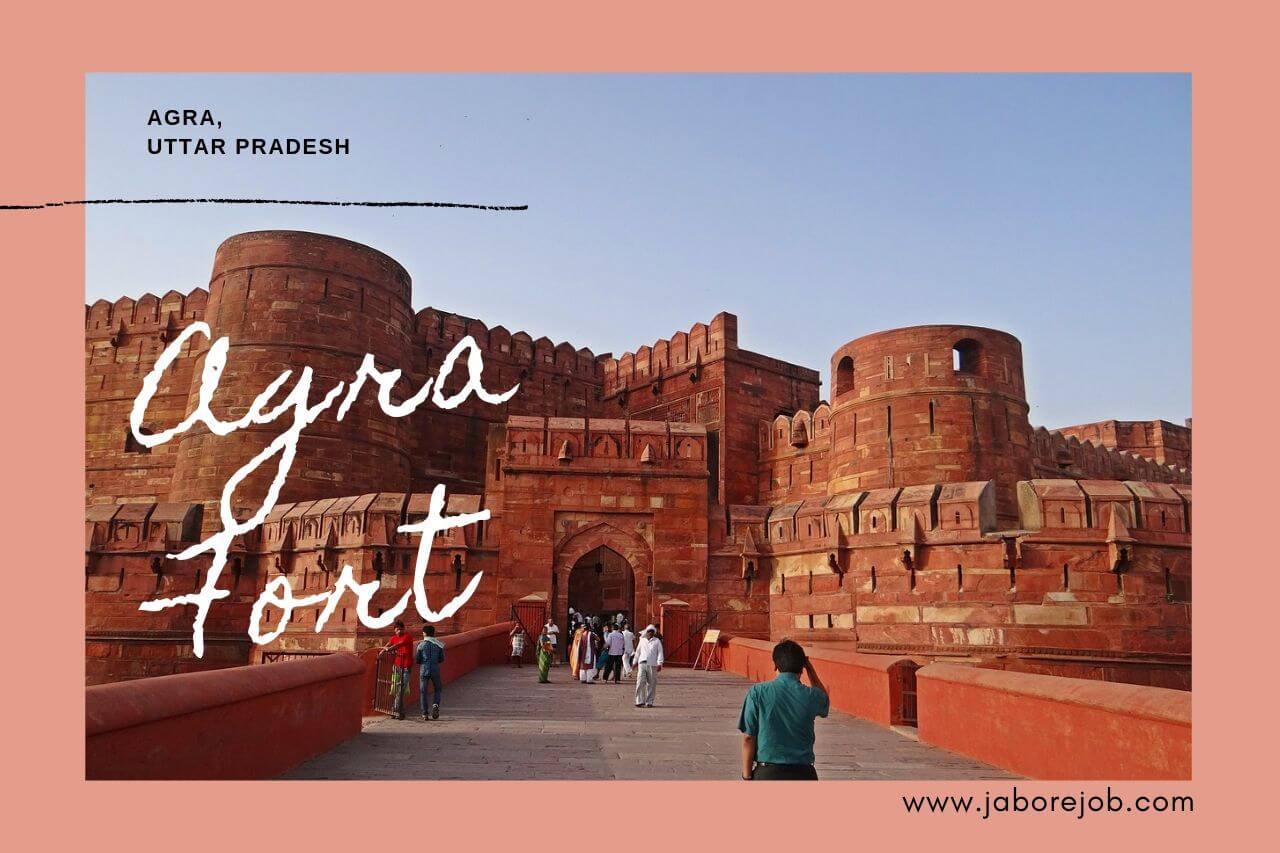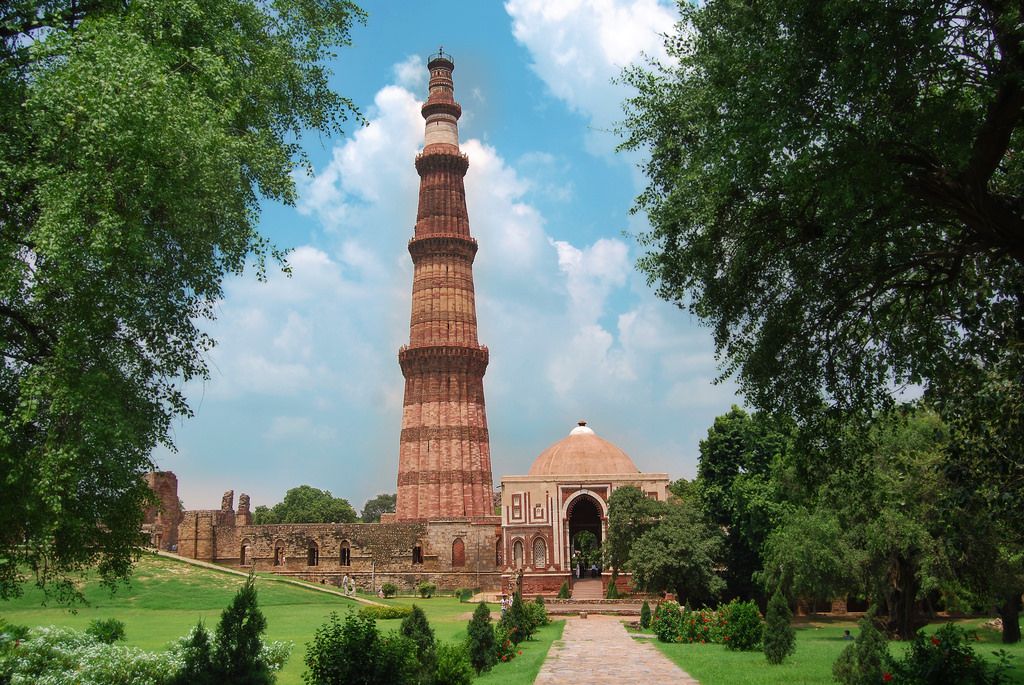Agra Fort is a fort situated in Agra which was the capital of many great Mughal rulers in India knows as Sister of Taj Mahal.
Agra Fort Information
| Location | – | Agra, Uttar Pradesh |
| Founded By | – | Emperor Akbar |
| Time of Construction | – | 1565 to 1573 |
| Best Time to Visit | – | November to February |
| Timings | – | 6:00 am to 5:30 pm (Daily) |
Interesting Facts: Agra Fort won the “Aga Khan Architecture Award” in 2004. The Indian Post issued a commemorative stamp of the Aga Khan Award on November 28th, 2004.
Agra Fort is situated in Agra, Uttar Pradesh, India and is a UNESCO world heritage site. It is also famous by the name of “Sister of Taj Mahal” and is located at a distance of 2.5 kilometers to the northwest of the Taj Mahal.
The Agra fort is by definition a fort meaning it has fortifications in the form of the wall all around it. This fort was undertaken by the Mughals after the battle of Panipat.
After this battle, the Mughals captured this city along with a vast treasure. In fact the very famous diamond, the “Kohinoor” diamond was also seized during this battle.
This diamond is now under the ownership of the British royal family who seized it during the British invasion in India.
History of Agra Fort
The Rajputs, namely the Sikarwar Rajputs were the real owners of this fort. Later when the Muslim rulers invaded India they captured this fort.
Sikander Lodi was the first king to switch his capital to Agra. In fact, he stayed in this very fort. It is because of him that Agra gained so much popularity in history and was considered the second capital of India.
After Sikander Lodi, his son Ibrahim Lodi ruled over Agra and this fort was his. Unfortunately, he was defeated in the battle of Panipat and the Mughals took over their entire empire, throne and also the famous “Kohinoor” diamond.
The battle of Panipat took place in 1526. The Fort is a collection of palaces, mosques, and wells built by the Mughals.
Babur was the first Mughal ruler to stay in the Agra Fort and he built the famous “Baoli” which is a stepped well. Babur’s grandson Akbar, also realized the political and geographical importance of this fort and made it his capital too.
He arrived at the Agra Fort in 1558. Humayun’s reign on this fort was from 1530. According to Abdul Fazal a famous historian, the Agra Fort was known as “Badalgarh”.
Also, read about Jantar Mantar – Jaipur
The Architecture of Agra Fort
The Agra Fort is spread over a massive 94 acres of land. The fortifications are 70 feet high and it spreads in shape of a semicircular arc. Moreover, it runs parallel with the river Yamuna.
This was the fort where the major king and his royal family lived, therefore it had some serious fortifications and heavy battle instruments. It has battlements, machicolations, embrasures, etc.
The Fort has four gates on its sides. The gate that opens to the river is quite popular and is known as the Khijri Gate. The other two popular gates are “The Delhi Gate” and “The Lahore Gate”.
These gates got these names because they point to the direction of these respective cities. The Delhi gate is said to be best among all four gates.
Due to military reasons, the Delhi gate is closed for tourists and generally, all tourists enter via the Lahore gate.
Akbar is responsible for the construction of “Bengali Mahal”. Agra Fort is a place that is rich in the history of the Mughals and their rule in India.
Entrance Fee:
Indian Citizens and SAARC Visitors from (Bangladesh, Nepal, Bhutan, Sri Lanka, Pakistan, Maldives, and Afghanistan) and BIMSTEC Countries from (Bangladesh, Nepal, Bhutan, Sri Lanka, Thailand, and Myanmar) – Rs.10 per head.
Others:
* US $ 5 or Indian Rs. 250/- per head (ASI);
* Rs. 500/- per head collected as Toll Tax (Agra Development Authority) free entry by ADA on Fridays)
* Rs. 500/- ticket of ADA is valid for the monuments of Agra Fort, Itimadi-ud-daula, Akbar’s Tomb, Sikandara and Fatehpur Sikri.
(children up to 15 years free)












